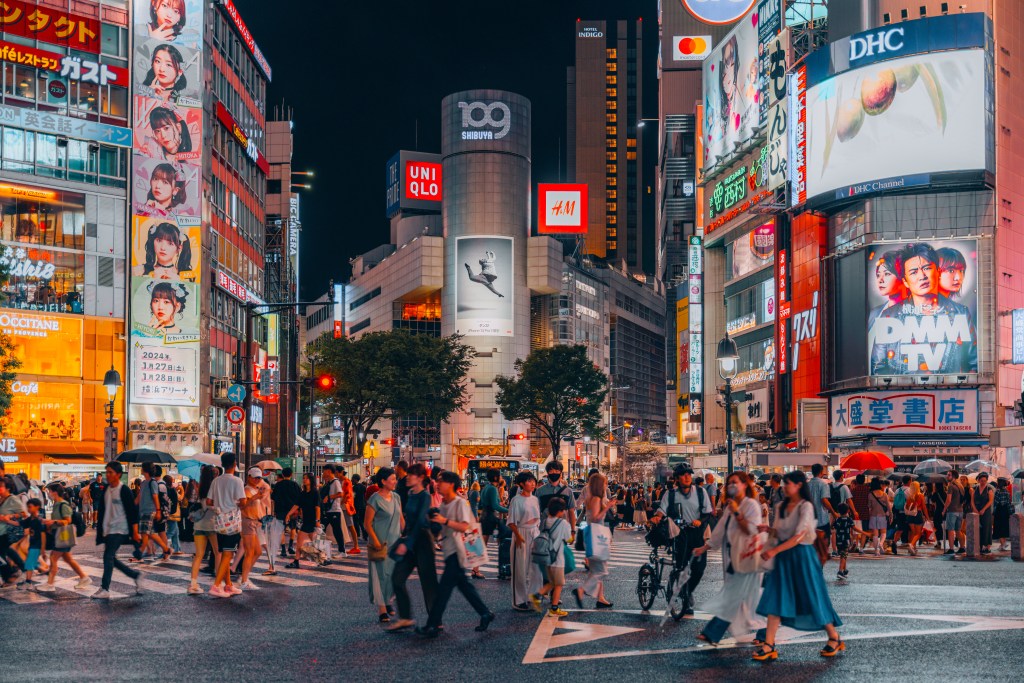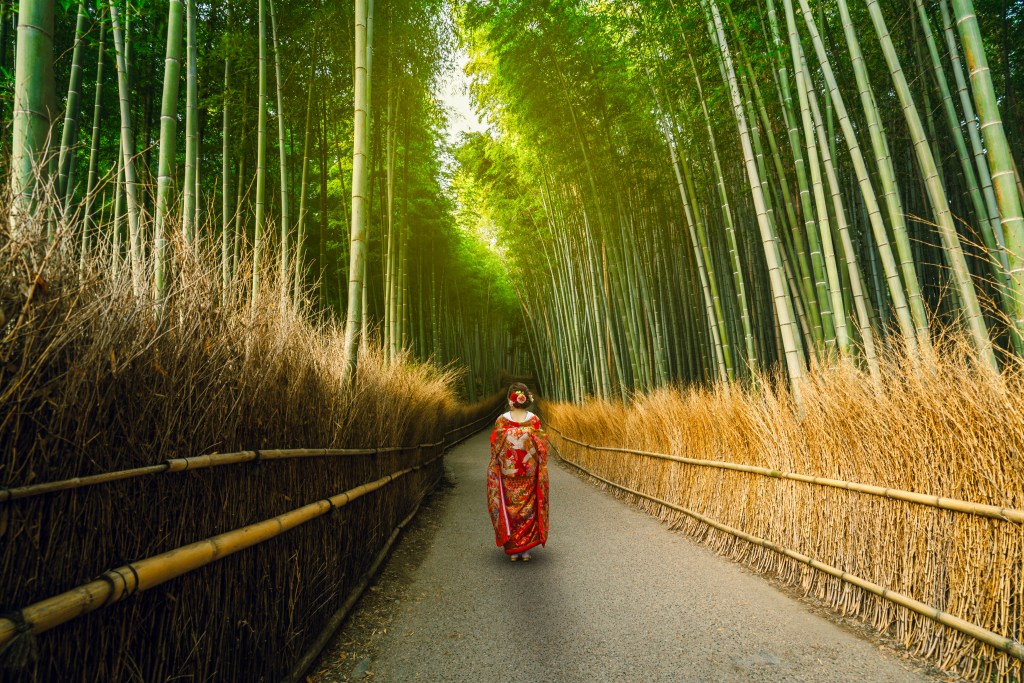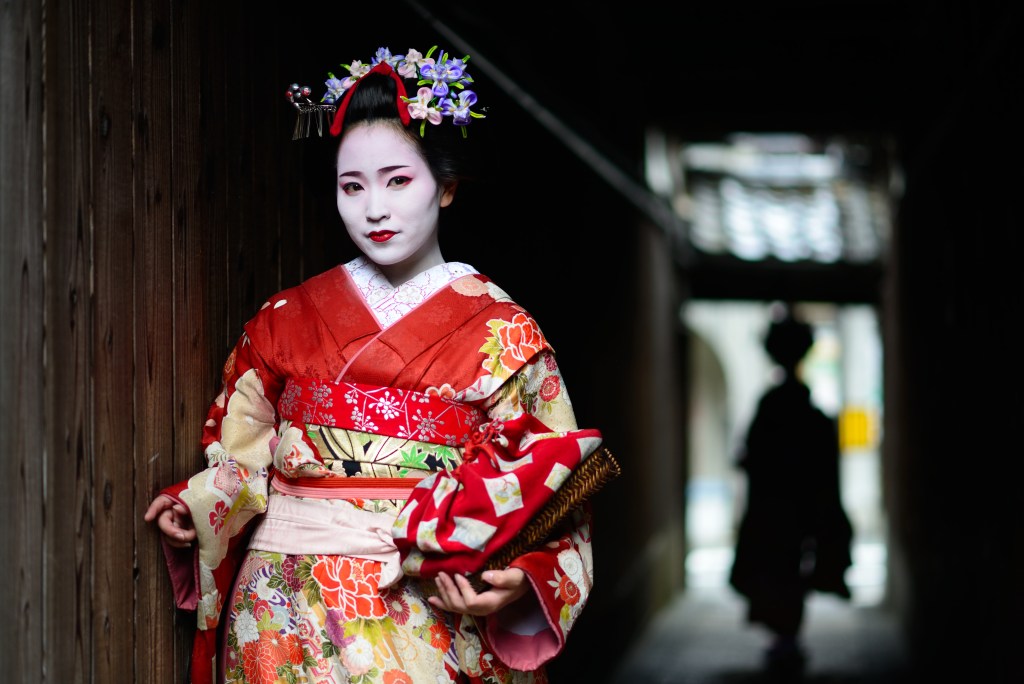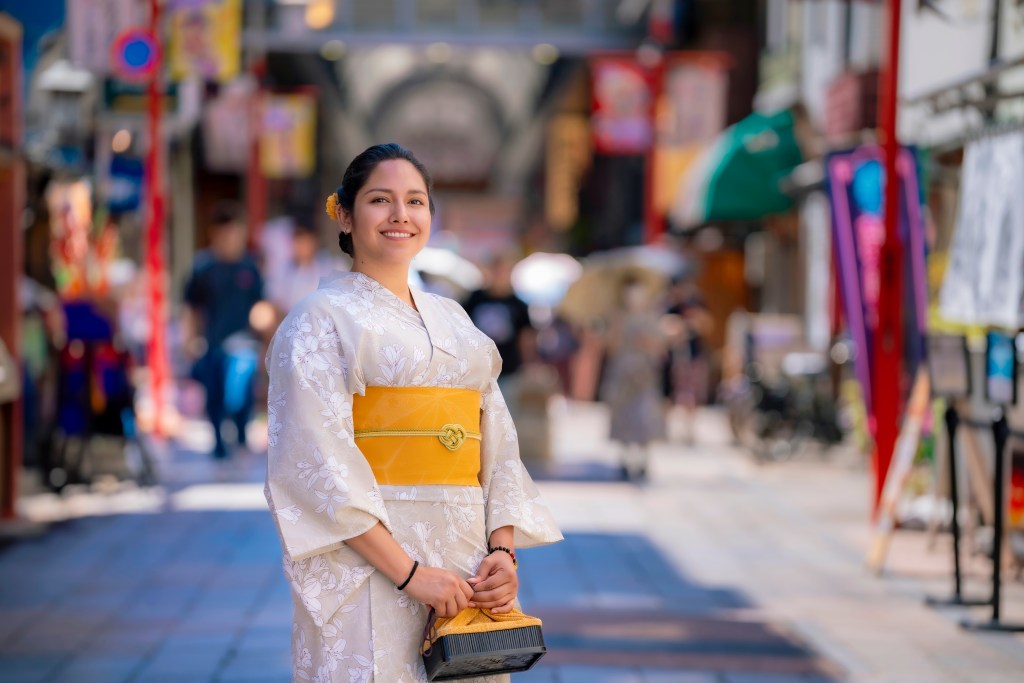
Japan has become one of the world’s premier travel destinations. This year alone, over 20 million visitors have packed into cities like Tokyo, Kyoto, and Osaka, along with places like the Okinawa Islands, Mount Fuji, and Hokkaido.
Videos by TravelAwaits
If you’ve been planning your getaway to the Land of the Rising Sun, you’re probably wondering where to go and how long to spend there. While many Americans sign up to visit Japan with tour guide companies, plenty of younger, more intrepid travelers are going it alone.
One of the first questions you need to answer is whether you want to stay in Tokyo or venture beyond the capital. While plenty of small towns and greener corridors await just outside of Tokyo’s city limits, Kyoto remains high on the list for visitors. Only two hours away by bullet train, it’s easy to visit both, assuming you have the time.
But for those who don’t, the big question is… what do you need to know about visiting Tokyo vs Kyoto? Take a shortcut with this list of key differences. Though both cities are well-known, they showcase very different sides of Japanese life and culture.
Key differences to know before you travel: Tokyo vs Kyoto
Tokyo has big-city vibes, while Kyoto is more relaxed

Tokyo is home to around nine million residents, which includes 26 cities and 23 special wards. In short, it’s absolutely massive and very densely populated. Kyoto, by contrast, has only around 1.5 million residents. In short, Tokyo has a metropolitan feel, like New York City. Kyoto, on the other hand, is much more relaxed.
Tokyo is fast-paced, layered with neon lights, and has a very high-tech feel. Kyoto, by contrast, is more tranquil. It’s home to gardens, temples, and other spaces that help create a more refined atmosphere. You’ll see a lot more greenery in Kyoto, while you need to seek it out in Tokyo.
Tokyo is friendlier if you have a less adventurous palate

Japanese food is familiar to many Americans, but if you have a more sensitive palate and are nervous about limiting your meal choices while visiting, stick to Tokyo. Tokyo is an international hub, meaning you can find multicultural food more easily. From Italian to American to Vietnamese, you can find just about any type of food.
Kyoto, by contrast, offers fewer options for visitors seeking out familiar foods. It’s renowned for its culinary traditions because it was once the country’s imperial capital. You can dine like royalty, sampling its multi-course meals—and vegetarians will do particularly well, as Kyoto restaurants love to serve up vegetarian fare.
You’ll see more iconic landmarks in Tokyo & more UNESCO sites in Kyoto

Tokyo is home to some of the world’s most iconic landmarks. From the famous pedestrian intersection at Shibuya Crossing to the Eiffel-tower-esque Tokyo Tower to the famed Senso-ji Temple. It’s a city where you’re likely to get neckaches from looking around in wonder so often, even if you’re just wandering Harajuku or another neighborhood.
Kyoto, by contrast, has more UNESCO World Heritage Sites thanks to its long history as an imperial and Buddhist capital. There’s the world-famous Kinkaku-ji Temple (sometimes called the Golden Pavilion), along with the famed vermillion Torri Gates of the Shinto Shrine. Plus, there’s the UNESCO-listed Nijo Castle.
Kyoto is your gateway to rural Japan

It’ll take you a little while to clear the urban sprawl surrounding Tokyo. Kyoto, by contrast, makes it easier for you to delve into Japan’s more rural areas.
For example, it’s close to the city of Nara, which is famous for its park that’s home to friendly deer, along with the Kitayama Mountains, Lake Biwa, Arashiyama Bamboo Forest, and the picturesque little tea town of Uji.
In short, if you want to get off the tourist track in Japan, Kyoto makes it a bit easier to go on day trips to the surrounding areas. It also puts you closer to the famous Arima Onsen, one of the country’s oldest hot springs.
Kyoto excels in traditional culture, while Tokyo is more contemporary

As mentioned in the first section on city vibes, Tokyo is a metropolitan, hyper-modern hub, while Kyoto is a traditional center of culture. That should clue you in: if you want to delve into Japan’s heritage, you should go to Kyoto.
From tea ceremonies to temple visits to kimono fittings to ikebana classes to calligraphy, you’ll find experiences easily in Kyoto. Traditional geishas still call the city home, too.
By contrast, if you’re on the hunt for niche nightlife, animal cafes, and edgy shopping districts, stick to Tokyo. It’s one of the world’s most involved and diverse cities for trendsetters, meaning you’ll run out of time before you can visit, or even hear about, its most popular sites.
Tokyo is pricier

Tokyo is around 30% more expensive than Kyoto for tourists. Most of that price difference falls back to room rates at hotels, along with transportation and entertainment. If you want to penny-pinch in Japan, stick to Kyoto, then head to Tokyo for a day trip. That being said, you’ll pay around the same for food.
Tokyo is easier for foreigners, while Kyoto isn’t great for first-timers

Japanese people are renowned for being polite—so don’t think that you’ll get the cold shoulder in Kyoto.
However, because Kyoto is a cultural hub with a long history, locals live more traditionally in Kyoto. Fewer people speak English, and fewer people understand the types of challenges and questions that tourists might have.
In Tokyo, you can observe what others are doing and get by, if you ever get confused. Locals are a bit more accustomed to seeing foreigners, meaning you won’t stand out as much. Kyoto is currently undergoing a mass tourism boost, meaning some locals aren’t quite used to the crowds.
